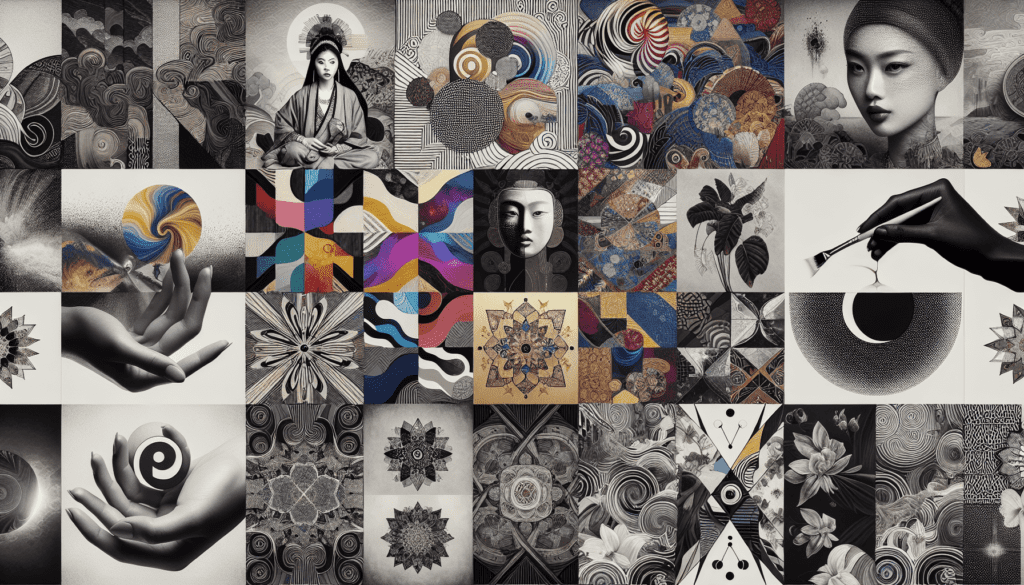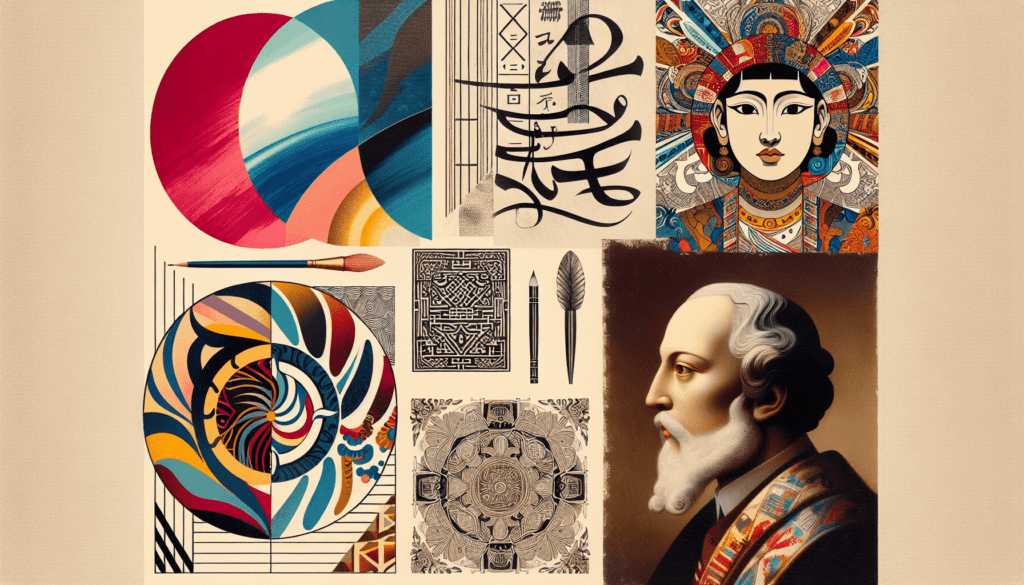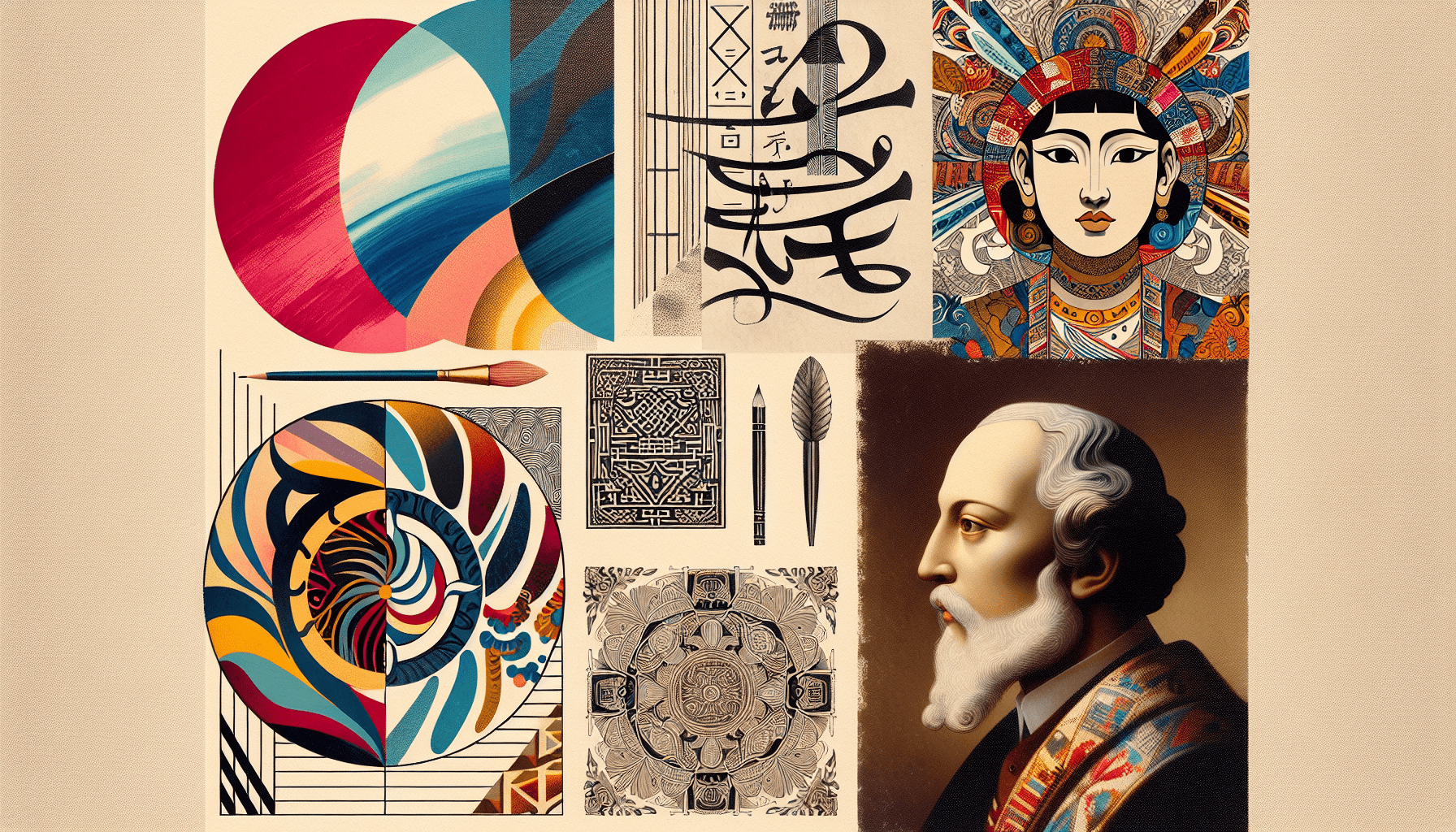Navigating the intersections of art and culture, the Master of Aesthetics and Transculturality (MAAT) fosters a comprehensive understanding of global artistic traditions and the ways they intertwine and influence each other. This program seeks to emphasize not only the importance of creative expression, but also the necessity for intercultural dialogue in an increasingly globalized world. Guided through theoretical and practical modules, you will explore visual culture’s convoluted dynamics, paying close attention to aesthetic trends and their transnational implications. As a participant in the MAAT, you stand at the cutting-edge of a program that merges cultural studies, philosophy, and art, empowering you to contribute intellectually and artistically to our multifaceted world.
Overview
Definition of Master of Aesthetics and Transculturality (MAAT)
Master of Aesthetics and Transculturality (MAAT) is a postgraduate program that goes beyond traditional cultural boundaries to study the aesthetics in a transcultural context. The focus of the degree is to prepare students to understand, analyze, and appreciate diverse aesthetic expressions. By incorporating a range of disciplines such as art, culture, history, and anthropology, MAAT offers a distinctive perspective on diversity, globalization, and cultural synergy.
Importance of MAAT in today’s society
MAAT plays an increasingly important role in today’s multicultural, globalized society. The program’s central focus on transcultural aesthetics provides insights into understanding the beauty and appreciation of cultures outside of one’s own and encourages empathy and tolerance. By studying MAAT, individuals gain a deep understanding of various cultural aesthetics, enhance their global awareness, and contribute to fostering social cohesion and diversity.
Curriculum
Core courses in the MAAT program
The MAAT program curriculum encompasses a broad range of core courses designed to provide a well-rounded understanding of aesthetics and transcultural study. These courses typically include Transcultural Aesthetics, Applied Cultural Analysis, Interdisciplinary Methodologies, and the History and Theory of Aesthetics.
Elective courses in the MAAT program
Apart from the core courses, MAAT programs also offer a variety of elective courses allowing students to personalize their learning. These can range from courses focusing on specific cultures and their aesthetic histories, to classes on cultural politics and anthropology.
Internships and practical experience
Most MAAT programs endow students with practical experience through internships with cultural organizations, museums, and galleries. These internships provide opportunities to apply theoretical knowledge in real-world settings, fostering connections between academic study and potential career paths.

Skills Developed in MAAT
Cultural competency
One of the key skills developed through the MAAT program is cultural competency. This includes understanding and appreciating different cultural practices, beliefs, and aesthetic principles. It also promotes effective communication and interaction with people from varying cultural backgrounds.
Critical and analytical thinking
MAAT fosters critical and analytical thinking skills allowing students to dissect complex concepts, cultural phenomena and aesthetic expressions. It involves developing reasoning skills, making well-considered judgments, and constructing cogent arguments.
Visual communication skills
Given the program’s significant focus on aesthetics, students develop robust visual communication skills. This includes understanding and interpreting visual cues, effectively using visuals for impactful communication, and appreciating the role of aesthetics in sending powerful messages.
Career Opportunities
Art curator
Graduates from MAAT can access various career paths, and one of them is becoming an art curator. In this profession, individuals can utilize their specialized knowledge to arrange and manage artistic collections, keeping in mind the diverse aesthetic trends globally.
Multicultural consultant
Given their profound understanding of diverse cultures, MAAT graduates can also work as multicultural consultants. They can advise businesses on how to adapt their strategies and communication to cater to their culturally diverse client base.
Cultural events manager
With their strong background in aesthetics and culture, MAAT graduates can excel as cultural events managers. Here, they can plan, organize, and execute events spotlighting cultural diversity or focusing on a particular cultural aesthetic.

Impact on Society
Promotion of cultural diversity
MAAT’s focus on transcultural aesthetics plays a significant role in promoting cultural diversity. By studying and understanding aesthetics from different cultures, you’ll be contributing to acknowledging, highlighting, and celebrating diversity.
Fostering understanding and empathy
By exploring and appreciating cultural aesthetics, students of MAAT foster understanding and empathy towards cultures different from their own. This can help to reduce cultural misunderstandings and biases, contributing to a more compassionate and tolerant society.
Contribution to social cohesion
The enhanced understanding and appreciation of different cultures fostered by MAAT contribute significantly to social cohesion. By increasing awareness and respect for cultural diversity, it frequently results in more harmonious societal integration.
Interdisciplinary Approach
Combining art and culture
The interdisciplinary nature of the MAAT program combines areas like art, culture, history, and anthropology, offering students a holistic understanding of transcultural aesthetics. This blending of disciplines enables students to see the connections and influences between different areas of study.
Integration of various academic disciplines
By fusing together different academic disciplines, the MAAT program offers students a comprehensive education. The program encourages analyzing an aesthetic phenomenon from various perspectives – sociological, historical, anthropological, and so on.
Collaborative projects
Many MAAT programs emphasize collaborative projects. These projects often require students to work together to explore cultural phenomena or to create their aesthetic expressions, thereby fostering cooperation and consolidated learning.
Transcultural Aesthetics
Exploring aesthetics beyond cultural boundaries
MAAT promotes the exploration of aesthetics beyond cultural boundaries. Students explore how aesthetics transcends borders and changes with increased intercultural exchanges.
Understanding the influence of globalization
The MAAT curriculum also includes studying the influence of globalization on aesthetics, considering how aesthetic trends and practices shift as cultures overlap and integrate.
Appreciation of diverse artistic expressions
Through this program, students are also encouraged to appreciate diverse artistic expressions, uncovering the beauty in the different aesthetic manifestations influenced by distinct cultural contexts.
International Perspective
Study abroad opportunities
Many MAAT programs offer study abroad opportunities, which can provide a firsthand experience of different cultures. These interactions and experiences can further enrich students’ understanding of transcultural aesthetics.
Global network of institutions
Programs typically maintain a global network of institutions, facilitating exchanges and enriching the curriculum with diverse aesthetic perspectives. This networking function can be an asset in future career opportunities.
Exposure to different cultural traditions
Studying in the MAAT also equips students with substantial exposure to different cultural traditions and their respective aesthetic manifestations. This exposure contributes to their more comprehensive understanding of global aesthetics.
Faculty and Partnerships
Experienced and diverse faculty
MAAT programs generally have experienced, diverse faculties who bring in rich, varied knowledge of different cultural aesthetics. Their unique insights and international perspectives ensure a well-rounded, stimulating learning environment.
Collaboration with cultural organizations
These programs often collaborate with numerous cultural organizations – museums, galleries, cultural centers, helping students gain practical experience and network with industry professionals.
Partnerships with international universities
Partnerships with international universities let MAAT programs enrich the curriculum by incorporating different cultural perspectives. This leads to a more diverse study environment, offering real-world exposure to global cultural aesthetics.
Admissions and Requirements
Academic prerequisites
Like any master’s program, MAAT also requires certain academic prerequisites, such as a bachelor’s degree in a related field. Some institutions may also require specific courses in aesthetics, culture studies, or social sciences.
Application process
The application process varies across institutions but typically includes submitting educational transcripts, a statement of purpose outlining students’ interest in transcultural aesthetics, and letters of recommendation.
Portfolio submission
Some MAAT programs may require the submission of a portfolio showcasing the applicant’s past work, projects or research in the field of aesthetics, culture, or related areas. This gives admissions officers an insight into the applicant’s potential and commitment to the study of transcultural aesthetics.

